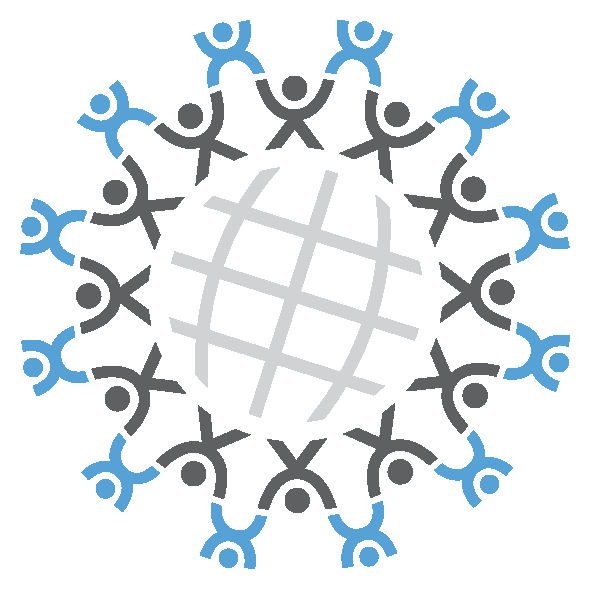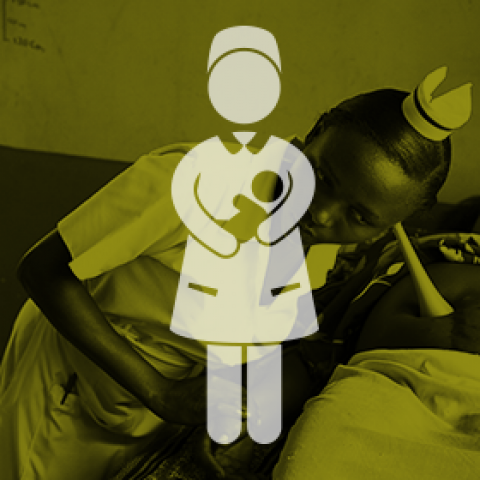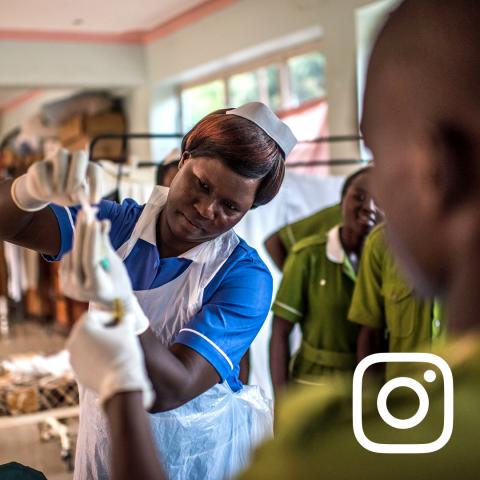Family Planning: An Essential Health Service Here and Everywhere
Wonderful to see Anu Kumar, vice president of Ipas, critiquing the bordering-on absurd contradictions between the United States government’s domestic and global policy on family planning in her recent Huffington Post article, “Does the U.S. Care about Women? That Depends on Where They Live.”Ensuring a Legacy: The Health Workforce Component of the Global Health Initiative
When we talk about the “health workforce crisis” or “human resources for health,” this abstract language can obscure the suffering of people in need.Key Elements of a Health Workforce Strategy for the Global Health Initiative
In sub-Saharan Africa, a woman is likely to deliver her baby without a skilled birth attendant, making her chance of dying unacceptably high.Why the Global Health Initiative Needs a Health Workforce Strategy
Entering a one-room health clinic in Cambodia’s Pursat Province, I saw a heavily pregnant woman suffering on the dirt floor. A midwife was the lone health worker staffing this rural post.“What about men?”
On a recent trip to Malawi, I visited the rural community of Matapila outside of the capital, Lilongwe, where a theater group was performing a series of short plays on how couples negotiate sex and make decisions about if and when to have children.Local Context Matters to Women’s Lives: A Report from Delhi
To the business world, it’s location, location, location.Are Two Global Health Funding Agencies Better Than One? An Evidence-Based Comparison . . .
In the last eight years, international funding for HIV/AIDS treatment has increased dramatically, changing the landscape of national health systems and eliciting both praise and criticism. Today, two...
Kangaroo Mother Care: Saving Babies’ Lives and Health
Every year, more than a million babies die because they were born preterm.Child Marriage: What You Can Do Today to Prevent It
The issue of child marriage is pervasive throughout the developing world, and it undermines local and national efforts as well as those by the United States (US) Government to improve women's and girls' education, health, and economic and legal status worldwide.









